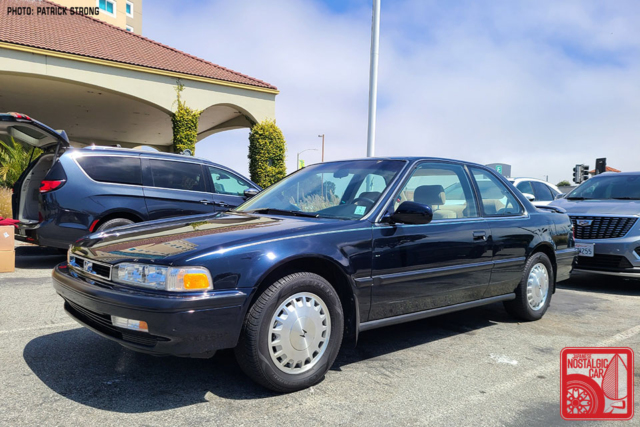
I’ve been in Monterey since 10:30 Sunday morning preparing for Car Week festivities. So far this 1991 Honda Accord Coupe has been the coolest thing I’ve seen, and it’s unlikely to be surpassed. It’s got a 5-speed manual, Pebble Beach residential parking pass, and 30,771 miles on the odometer [Patrick sent this photo to me with the words, “Get ready to nut.” -Ed.]. What feels like not that long ago these Accords were everywhere, a feeling backed up by the fact that these were America’s best-selling car from 1990-91. Back then we rarely gave them a second glance; now we positively drool over a fine example.
What formerly unremarkable JNC now sparks joy?
The best comment by next Monday will receive a prize. Scroll down to see the winner of last week’s QotW, “What is the most ‘Japanese’ car?”
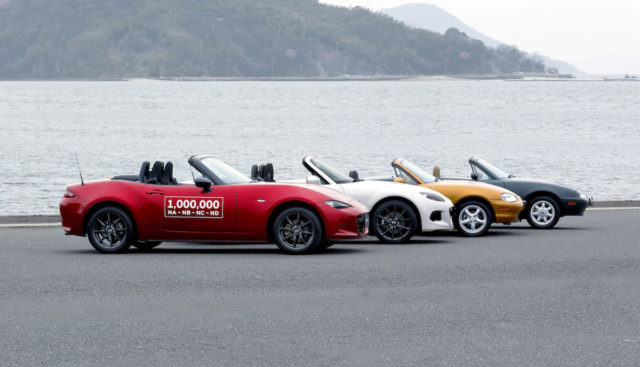
An interesting aspect of last week’s answers was that the cars named each reflected an admirable facet of Japanese culture that explains, in part, why there have been so many good cars coming from that country.
For example, Lee chose the Toyota Corolla and Honda Civic, cars that manage to get the job done with very little fuss and high marks for dependability and affordability (and the occasional hair-igniting performance model thrown in). Taylor C. suggested kei cars for their excellent packaging and minimalist nature. Dimitry Mochkin nominated the Toyota Century for its unparalleled attention to detail.
The winner this week was Cobalt Fire, who picked the Mazda Miata, and how it represents the Japanese philosophy of continuous improvement:
I thought about a few different cars; the Century, Kei cars as a class, etc. but I think one car really stands out in how ubiquitous it is and how much it embodies the Japanese mindset of continually striving to be absolutely excellent at something through constant refinement:
The Mazda Miata/Roadster/MX-5.
A car built for the love of driving, embodying a philosophy of uniting the driver and vehicle (jinba ittai), and being continuously refined for three decades now. Perhaps no specific part of the car is the best in the world, instead it’s the overall integration and refinement that makes these cars so unique.
Ask anyone and they know what a Miata is, even people who aren’t “car” people. As an ambassador for Japan I can’t think of a better vehicle.
Omedetou, your comment has earned you a set of decals from the JNC Shop!


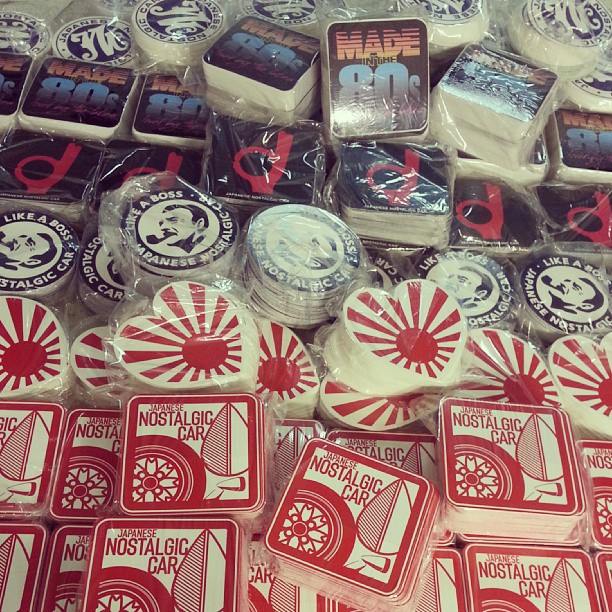

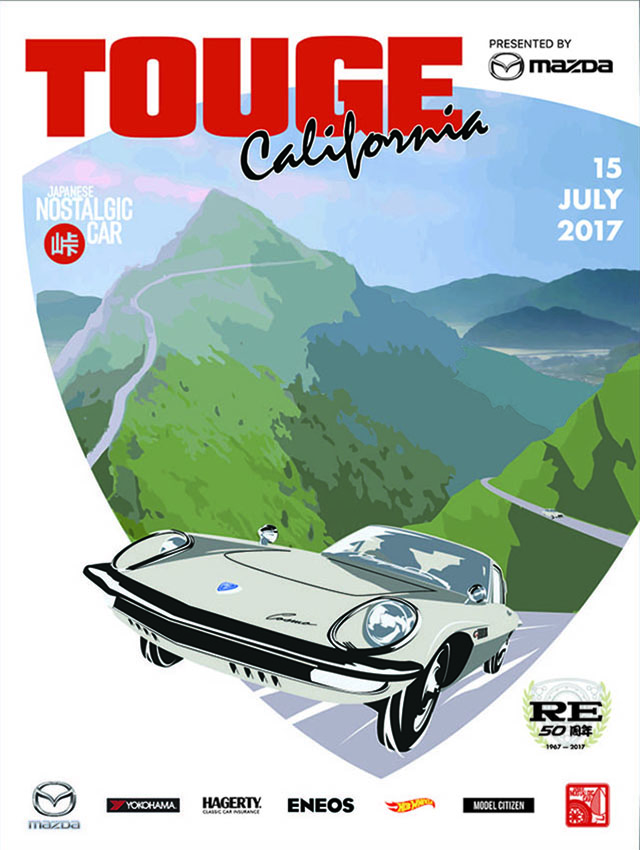
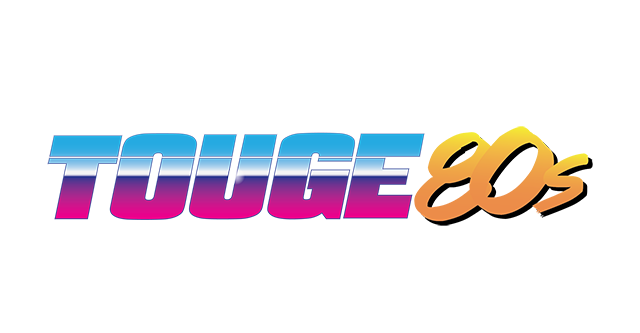
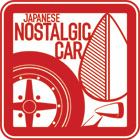
Toyota EP 70/80/90 FWD Starlets.
A mostly unexceptional car with crude suspension that was once the preserve of Nuns and Grandmas, it’s now highly sought after in Ireland for Autotesting which is like Gymkhanas nerdier more course memorization intensive cousin due the cars overall incredible toughness, both of then engine and the sort of 1st/2nd/reverse constant abuse their manual gearboxes can take.
I think the 1980s Toyota Pickup has become the ultimate fade-into-the-background then stop you in your tracks JNC. The more stripped out, the happier it seems to make people.
The funny thing about that generation Accord is that they all seemed to be painted Laguna Gold Metallic. When you mention that gen and I visualize it, that’s the color it is.
But then look at what color options there were in 1990. There were 15 color choices. 32 years later, you get to pick from 8 – and most are locked behind trims and are extra cost. The most you can get for any one new trim is a choice of 3 included and 3 extra cost. That’s sad but at the same time, telling. Perhaps my experience is why there are so few color choices now.
The XV10 Camry. Always visible in beige, Champaign, or white. It was totally ubiquitous, visible on every street in just about every country Toyota has a market in, and almost always with the “Camry Dent” in the bumper cover. It was the very definition of the hum-drum vehicle-as-appliance snooze cruise.
Now? These vehicles are appearing at Radwood. The wagons are being picked up as reliable but fun family cars. They’re being coveted now, by the now-grown children that they delivered to school, to basketball practice, and then gifted to as high-school cars. It really has gone from the poster-child for a boring appliance of a car to an icon of Japanese motoring in the 90s.
Any of them and all of them. Any car that comes from mundane roots and has withstood the test of time despite its throwaway status when new, becomes fascinating. Like it or not, in 2055 a 2005 Altima will make you take pause.
All of that said, if I needed to pick one personally, early to mid 90s Corollas are in my active search. Dead nuts reliable, great fuel economy, available with a five-speed, some truly interesting engine swap options and the 4×100 wheel availability making options almost endless. They have endeared themselves to me and I wouldn’t mind one as a daily driver.
It’s got to be any Civic. Every time I see a Civic, EK or older, that’s not clapped out, stanced, or squeaking down the freeway on its last legs I smile. These days they’re almost 100% driven by someone who’s clearly a fan.
It’s a vehicle that was sold in the US but never offered in Japan. It did have other variants for sale in Japan and worldwide, but time has proven the “black sheep” version to be the most enduring and sought after. It is a vehicle that does NOT have a name or badge proudly stating what it is, neither exterior or interior, unlike the Fairlady or Savanna. Its only identifying manufacturer tags were lowly decals, defying the norm of the 70s, no chrome badges.
But we now all know about the “Rotary Engine Pick-Up” aka REPU now. Its cousins, the Ford Courier and Mazda 1600, bask in the glow of the light from the “pick-up with pick up”
USDM 1994-2001 Integra GS-R 4-door. (DB8). In Japan they got the Integra Type R 4-door. Now the DC2 Type R’s prices are up, but when I see a 4-door Integra I always think it looked cooler. This size Integra was not too big like today’s Hondas. Weight is around 2,700 lbs, which isn’t bad for a 4-door. It had double wishbone suspension that still handled good after you lowered the ride height.. B18C1 engine is also fun with a lot of aftermarket support. A left hand drive 4-door Integra Type R clone would be a cool project.
Got to be the Subaru Brat (AKA Brumby). Conceived as a hauler for those whose loads are only small, and sold only in export markets, it became one of the rarest of Japanese cars; a car manufactured in Japan, and not sold in Japan, that became a popular grey import into Japan. The Brat / Brumby could be ordered with all sorts of exciting features, including in later models with modular targa-tops and a turbocharger. Subaru sold many, and you couldn’t wear them out, no matter how much abuse you heaped on the unfortunate car. If you go bush Down-Under you still them in many country towns, soldiering on; and the owners won’t even talk about selling them, and if you can buy one today they sell for more than when they were new. The Brat / Brumby started as a work-horse and has become among the coolest of utes. A clear winner in my book. Just sayin!
Finally another CB7 fan!
I do agree given time ANY car will take on a certain provenance and recognition. It’s just how we’re wired. I’ve always had a theory that we’re similar to geese. Just as baby ducklings will instinctively latch onto and follow the first moving thing they see we do the same with cars.
Sure there’s always the sexy hot performance model that get’s our attention and makes us crave it but often it’s the nostalgic models that we’re happy to own too. How else can you explain ppl’s irrational attachment to some of the most arcane vehicles? It’s usually because it’s one of the first car’s we experience when we’re young.
In any event one of my collectibles turns out to be a ’93 Accord SE that started as my wife’s daily driver and now has become a garage queen. It’s about 90% original (some NOS parts replacing the wear and tear pieces), always meticulously maintained since new and now with over 132K miles it still turns heads.
In fact I planned on taking it to the Japanese Classic Car Show in Long Beach tomorrow but missed out due to some conflicting commitments. But while I’ve only taken it to a handful of local shows I can’t help but laugh how many ppl trip over themselves when they see it. In fact more ppl seem interested in it than higher performance models like the NSX, Integra GS-Rs and Type R’s, no lie!
In fact since May it and my ’04 TSX are on display over at the local Acura dealer. So few new cars to display so they agreed to show mine. There’s been so many inquiries if they’re for sale (they’re not) that the dealer put “not for sale” signs in the windshield. I honestly never thought these cars would ever see such a loyal following and elevation in desirability…